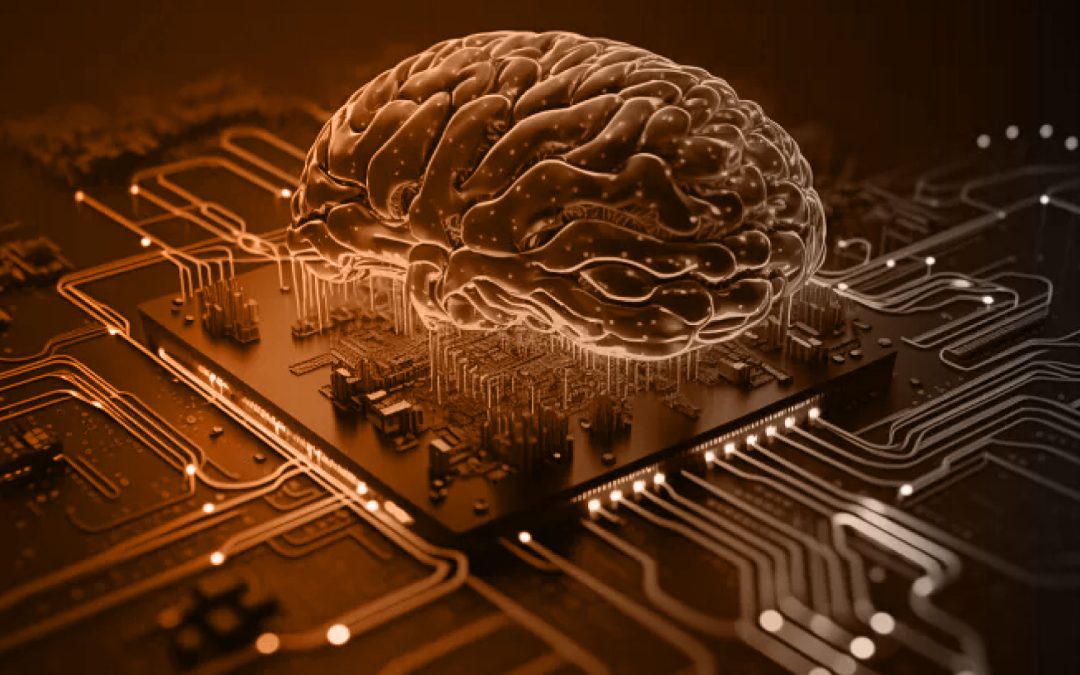Introduction
Artificial Intelligence (AI) has become a transformative force across various industries, and the financial sector is no exception. In recent years, AI-powered trading systems have emerged as powerful tools for traders, revolutionizing the way decisions are made in financial markets. In this blog post, we’ll provide an introduction to AI trading, exploring its fundamental concepts, benefits, and implications for traders.
Understanding AI Trading
AI trading, also known as algorithmic trading or automated trading, involves the use of advanced algorithms and machine learning techniques to execute trades in financial markets. These algorithms analyze vast amounts of market data, identify patterns, and make trading decisions autonomously, often with minimal human intervention. By leveraging AI, traders can execute trades with speed, accuracy, and efficiency, enabling them to capitalize on market opportunities in real time.
Benefits of AI Trading
The adoption of AI trading offers several compelling benefits for traders:
- Speed and Efficiency: AI-powered algorithms can execute trades at lightning-fast speeds, allowing traders to capitalize on fleeting market opportunities before they vanish.
- Accuracy and Precision: AI algorithms can analyze complex datasets and identify trading patterns with a level of accuracy that is beyond human capability, minimizing errors and maximizing profits.
- 24/7 Market Monitoring: AI systems can monitor financial markets around the clock, enabling traders to react to market developments in real-time, even when they’re not actively trading.
- Risk Management: AI algorithms can incorporate risk management parameters into trading strategies, helping traders mitigate potential losses and preserve capital in volatile market conditions.
Implications for Traders
The rise of AI trading has profound implications for traders:
- Shift in Trading Strategies: As AI trading becomes more prevalent, traditional trading strategies may become obsolete, giving way to algorithmic approaches that leverage AI’s predictive capabilities.
- Increased Competition: The democratization of AI trading tools means that more traders have access to sophisticated trading algorithms, intensifying competition in financial markets.
- Regulatory Considerations: The use of AI in trading raises regulatory challenges around issues such as algorithmic transparency, market manipulation, and systemic risk, prompting regulators to develop frameworks to govern AI-driven trading activities.
Conclusion
AI trading represents a paradigm shift in the way financial markets operate, offering unprecedented opportunities for traders to capitalize on market trends and generate profits. By harnessing the power of AI algorithms, traders can gain a competitive edge in today’s fast-paced and data-driven markets. However, as AI trading continues to evolve, it’s essential for traders to stay informed about the latest developments and regulatory requirements to navigate this transformative landscape.






